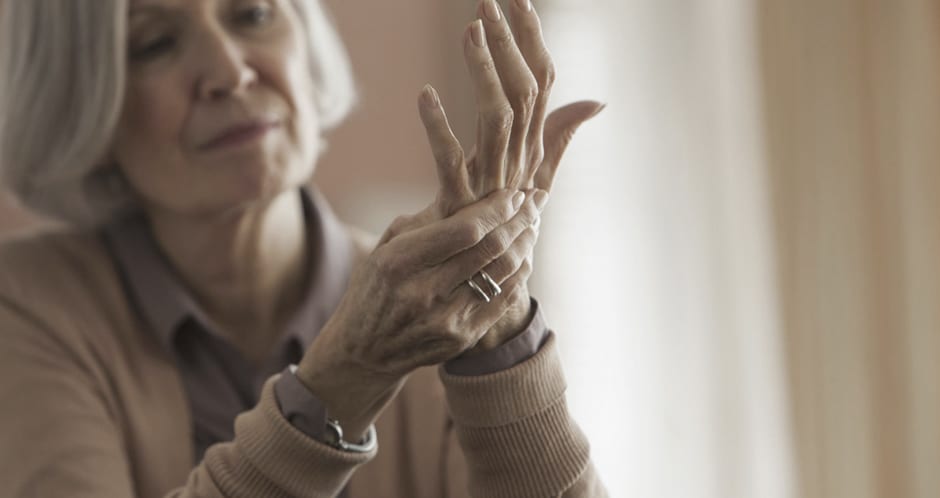
The main reason patients complain about their joints is because they are in pain. Common joints affected by osteoarthritis (wear and tear) are the knees, hips, shoulders and hands. Symptoms can range from:
The cause for all of these problems is quite simply wear and tear. In more scientific terms it is due to the thinning of cartilage within the joint, which are your shock absorbers, until the bone wears on the bone. This then leads to fluid build up from the inflammation and a change in how the joint is aligned.
So how can we diagnose osteoarthritis? Usually the first investigation would be an xray of the joint. If there is a suspicion it may be an inflammatory arthritis, like rheumatoid arthritis or psoriatic arthritis, a blood test may also be requested.
Unfortunately, the management of osteoarthritis is not as simple as it may seem. A multi team approach is important and needs to start with education. The most important allied health professional is a Physiotherapist, as physical therapy is very helpful in maintaining function and minimizing pain and progression.
Occupational therapists are also integral in improving mobility with assessment for assistive aids, like walking sticks or scooters.
Obviously, when times are tough you are going to reach for the medicine cabinet. These can include:
However, at times oral medications are not enough to control the pain and the GP has to refer the patient for further more invasive treatment. This can range from joint injections with steroids and the last resort of a joint replacement.
There is no cure for osteoarthritis, which is the most common joint problem in the western world. But there are scientific treatment advances underway which can give us all hope. Namely stem cell injections into the arthritic joint, aswell as a new drug underdevelopment (UBX0101) which kills old, aging cells to stimulate new growth of cartilage. Often pain in a joint can wax and wane, with exacerbations lasting 4-6 weeks. But this pain can be severe and debilitating at times causing emotional distress. Certainly a positive attitude has been shown to improve pain but it will take the support of a caring understanding team of health professionals to guide the patient.